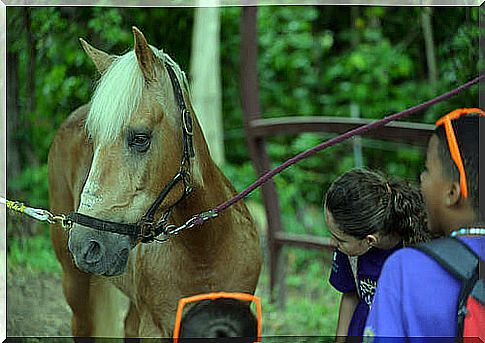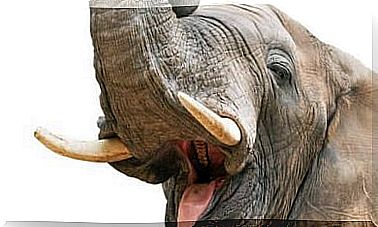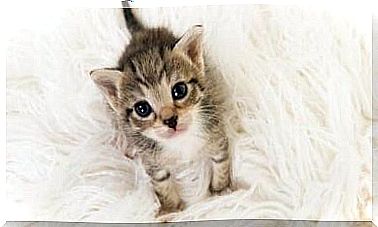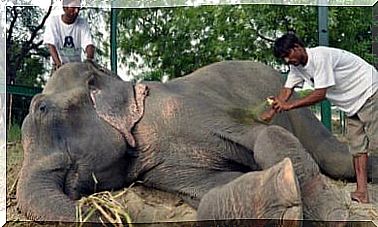Pet Therapy Works

Pet therapy (or zootherapy) consists in the use of some species of animals in therapeutic, rehabilitative, integrative and psycho-educational activities for human beings.
We must underline that pet therapy rejects any physical or emotional abuse on the life of animals. The species used for their practice must be reared and cared for according to their needs. The therapeutic experience must be enjoyed by both the patient and the animal.
Does pet therapy work?
For many years these therapeutic practices have been considered alternatives and questioned by traditional medicine. Fortunately, the new discoveries in the field have made it possible to recognize the scientific benefits of pet therapy on our health.
Currently, animal assisted therapy activities are widely recommended by medicine. The methods are different as well as the exercises and ways of getting in touch and interacting with each animal.
Below we will learn about the best applications and benefits of each modern pet therapy modality.
Which animals are used for pet therapy?
Advances in research and in pet therapy techniques have made it possible to adapt the practices to different species. The choice of certain animals is usually guided by the objectives to be achieved and by the preference of the patients.
Dogs
Of course , man’s best friends could not be missing from this list. Dogs are used in countless therapeutic, integrative and psycho-pedagogical practices, with different purposes.

For people with partial or complete loss of sight or hearing, guide dogs provide freedom of movement and promote social integration. These animals are part of their routine and allow them to have a more active and healthy life.
Currently , dogs also demonstrate enormous success in psychoeducational – or psycho-pedagogical – methodologies that use pet therapy. The goal is to stimulate the learning and socialization of children and adolescents diagnosed with a developmental disorder (including autism), Down syndrome or mental retardation.
Dogs are also important to end-stage or severe patients in hospitals around the world. They can also be useful in geriatrics and nursing homes for the elderly. Their mere presence is capable of improving the mood of patients and providing them with a feeling of tranquility.
Dolphins
The pet therapy with dolphins (or DAT, English acronym) awakens hopes and controversy due to its results. Many studies show that interaction with these beautiful cetaceans generates important positive health effects. In addition, it should be noted that most patients and their families confirm the efficacy of therapy with these animals.
Obviously, the controversy surrounding dolphin therapy focuses on how these animals are reared. Is it ethically correct to deprive a wild animal of its freedom and natural habitat for the benefit of our health?
Organizations such as the Israeli Dolphin Reef opt to create ‘therapist dolphins’ in open environments in the middle of the Red Sea. Animals can thus be trained without having to give up their instincts or their natural routines. In this way, a better quality of life can be guaranteed for these very special beings.
Horses
The benefits of hippotherapy were already known centuries ago. In ancient Greece, for example, equines were widely used to prevent and rehabilitate multiple physical or psychological problems.

The horse is currently used as a tool to rehabilitate children, adolescents and adults on a psychological, neuromuscular, cognitive and social level.
Cats
Recent studies have shown that cat hair can stimulate the memory and cognitive capacity of the elderly. For this reason, felines are often used in pet therapy intended for people of the third age. Persians are usually a favorite due to their affable character and notable fur.
Small lizards or iguanas
Certainly the therapeutic use of lizards is one of the most innovative and exotic proposals of pet therapy. These little reptiles are capable of stimulating the cognitive and social skills of our young.
Furthermore, as they do not have hair, they can also be used in therapies with children suffering from allergies or respiratory problems.
Rabbits, hamsters and guinea pigs
Finally, let’s not forget these small and curious rodents that are used for the sentimental and social stimulation of autistic children.
It is important to point out that pet therapy in all its modalities must be practiced under the guidance of specialized professionals. Each patient must receive personalized care and treatments to choose the right animal, plan the exercises and the frequency of the sessions.









